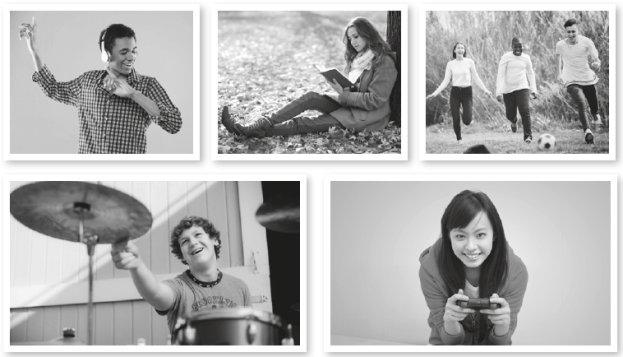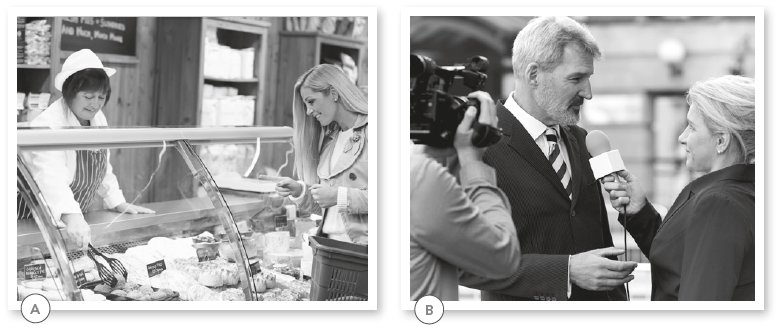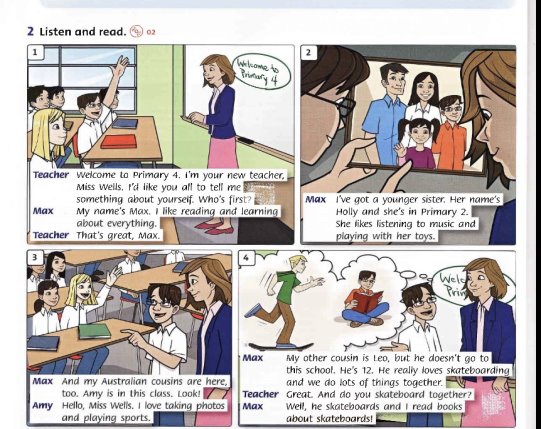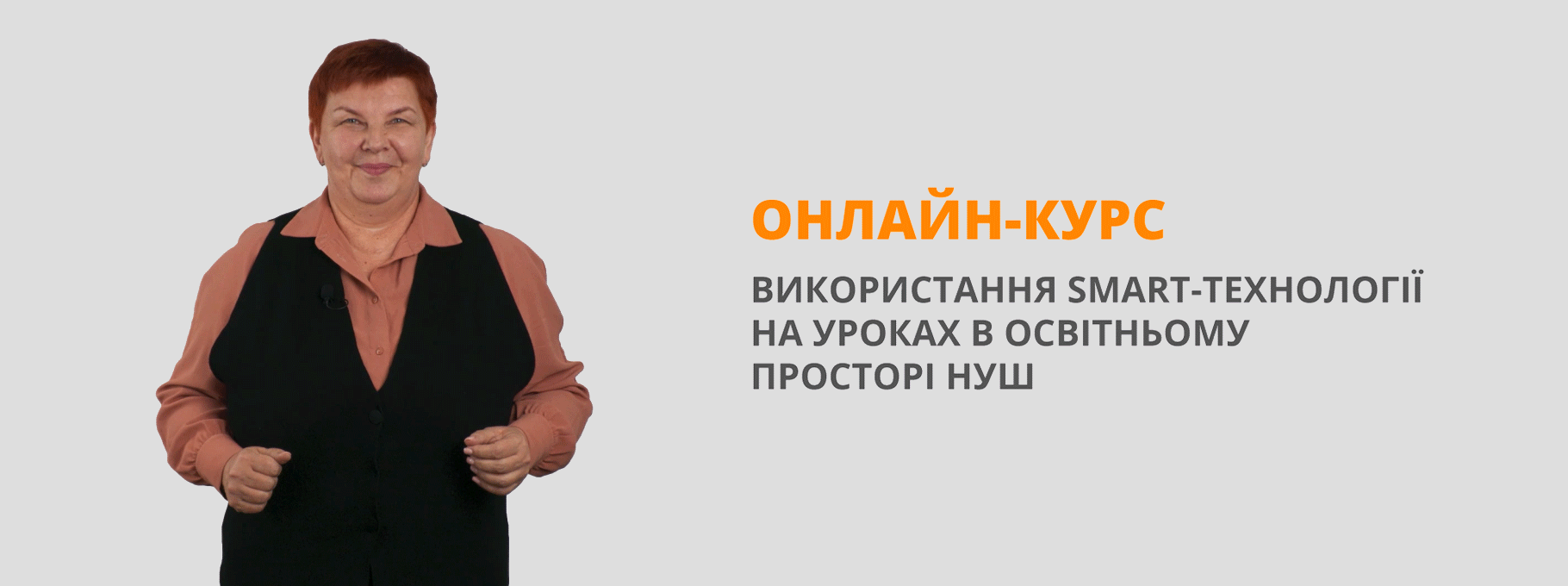Developing classroom speaking activities (Level A1)
Developing Classroom Speaking Activities
Nowadays, the value of learning and teaching speaking is general, that speaking is paramount, and it is difficult to overestimate it. Learners of all ages, starting to study foreign language primarily want to learn speak the language. At first, they should know the aims of target language speaking skills. As mentioned in many resources speaking like any other skill are not formed themselves. For formation and developing speaking skills, it must be used special activities and exercises, focusing mainly on the development of the skills.
Colored Dialogues: This activity can be used for any dialogue of any length or level. Students are asked to read the dialogue in different styles or demonstrating different emotions or adjectives such as: You are happy, sad, angry, bored, sleepy, in a cartoon, on a soap opera, young, old, fast, slow, quiet, loud, etc. (Family and friends, Level A1)
|
Greg: |
Do you like films? |
|
Selma: |
Yes, I do
|
|
Greg: |
When do you usually go to the cinema? |
|
Selma: |
I always go on Saturday afternoon
|
|
Greg: |
What kind of films do you like? |
|
Selma: |
I like comedies – films that make me laugh
|
|
Greg: |
Who's your favourite actor? |
|
Selma: |
I love Ben Stiller . He's brilliant. |
|
Greg: |
What's your favourite film? |
|
Selma: |
The one I like best is called The Royal Tenenbaums . I think it's awesome. My friends don't agree! |
|
Greg: |
What do you think of fantasy films? |
|
Selma: |
I don't like them very much . I can't stand the Twilight Saga films and I don't really like Harry Potter. |
|
Greg: |
What about The Lord of the Rings? |
|
Selma: |
I don't know it . My friend's got it on DVD but I always choose something else to watch. What about you? |
|
Greg: |
Oh, I love fantasy films. My favourite is The Hobbit. |
SPEAKING BANK
Preferences
- Do you like (films/ reading)?
- What kind of (music/ books/films) do you like?
- Who's your favourite (singer/writer)?
- What's your favourite (sport)? What do you think of …?
- I (really) like/love ...I like … a lot.
- My favourite (actor/ writer) is ...(I think) He/She/It is good/great/awesome/ brilliant.
- I don't like ... (very much). I hate/can't stand …(I think) He/She/It's terrible/awful/rubbish. He/She/It's OK, but I prefer …
Character Cards: Students work either alone or in pairs. Each student or pair is given a character card and is asked to become the person on the card, using similar facial expressions and to pretend to be in the same mood. If working in pairs, one student should become the character on the card while the partner becomes a character with an opposite expression. Students should then speak as their character, describing themselves, telling why they are in the mood they are in, or create an opinion for their character of the topic of the day. (Family and friends, Level A1)
Read the instructions on your card. In pairs, take turns to role-play the conversation.
Student A
This is your survey about films. Ask Student B the questions.
• Say hello.
• Ask if he/she likes watching films.
• Ask what sort of films he/she likes.
• Ask who his/her favourite actor is.
• Ask what his/her favourite film is.
• Ask how often he/she goes to the cinema.
• Say thank you and end the conversation.
Student B
Answer Student A's questions for a survey about films.
• Say if you like watching films.
• Say what kind of films you like.
• Say who your favourite actor is.
• Say what your favourite film is.
• Say how often you go to the cinema.
Read the instructions on your card. In pairs, take turns to role-play the conversation.
Student A
You're a tourist and you want to visit the Old School Museum. Student B works at the tourist information office. Ask him/her questions.
• Start the conversation in a polite way.
• Say that you want information about the Old School Museum.
• Ask how much it costs to get in.
• Ask about opening times.
• Ask for directions to the museum.
• Ask if you can book online.
• Thank him/her for helping and end the conversation.
Student B
You work at the tourist information office. Student A wants some information. Answer his/her questions.
• Respond to how Student A starts the conversation.
• Ask what exactly Student A wants to know.
• Tell him/her ticket prices: £8 adults / £4 children / £20 family ticket.
• Tell him/her the museum opening times: 8.30 a.m. – 5.30 p.m.
• Tell him/her that the museum is on North Street, next to the train station.
• Say yes and say that there is also an app.
• Respond and say goodbye.
What’s going on?: Students are shown a picture in which the action or motivation for the action is not clear. Students are asked to pretend they are either people in the photo, are watching the action, or are the reason for the action. This activity works best with small groups of students. Each group creates a story for the picture and acts it out in front of the class. Feel free to add props and use action! This activity works especially well with competitive groups, since each group will want to have the best performance.( Family and friends, Level A1)
 SPEAKING BANK
SPEAKING BANK
Describing a photo
Who? Where? What are they doing?
The photo shows (a person/people) in (a place).
In the photo there is/there are (a person/people) in (a place).
He/She is ... /They are … (eat) + ing
Details of the picture
On the left/On the right …
In the background …
We can also see …
He/She's wearing …
What you think
Perhaps … / Maybe …
I think he is … / they are …


Look at the photos of people at work.
Take turns to describe the photos.
In pairs, ask and answer the questions about the photos.
Student A's photo
1 What job does this photo show?
2 What is the woman on the left doing?
3 What is the woman on the right wearing?
4 What is the woman on the right doing?
5 Do you think the woman on the left likes her job? Why?/Why not?
Student B's photo
1 What’s happening in this photo?
2 Where are these people?
3 What is the woman doing?
4 Do you think it's a nice conversation? Why?/Why not?
5 Why do you think the man on the left is filming?
Mixed Up Dialogue: Students are given a dialogue from text of original, cut into strips and placed out of order. Working alone, in pairs, or small groups, students rearrange the dialogue so it makes sense. Then working in pairs or groups (as the dialogue requires) students perform for the class. This is an excellent activity to bring in original or more realistic dialogues and should be saved for more advanced students, though great for all ages if using textbook dialogues.( Work, Level A1)
Match questions with answers.
- Who can you see in this photo?
- What is she doing?
- How old is she?
- What is she wearing?
- How is she feeling?
- Is the work difficult?
- Do you think she likes her job?
- She isn't very young. I think she's about 35 years old.
- Maybe she's a bit worried about something she's reading but I think that generally, she isn't sad.
- Yes, definitely. She loves it. I am sure she doesn't like working in a boring, stress free job. She needs the excitement.
- She is looking at a computer. Maybe she's reading a report. Or perhaps she's reading a blog!
- I think it is very hard. She has a lot of responsibility.
- She's wearing a smart, dark, summer dress.
- We can see a woman. I think she is a businesswoman and she is working in her office.
Situation Scenes: Students are given real life situations and asked to act them out with a partner. This activity is best done in class with no preparation time for the student. A great real-life situation conversation builder and is great practice for quick thinking! Students should be encouraged to be realistic with their responses and remember that not everyone is as friendly as we’d like them to be. Situations can be based on any topic, but are especially helpful when discussing shopping and polite conversation.( Family and friends, Level A1)
Talk about your family.
1 How big is your family?
2 Have you got any brothers or sisters?
3 What are your parents' names?
4 How many rooms are there in your house or flat?
5 What furniture have you got in your room?
Talk about your day.
1 What things do you do every morning?
2 Who wakes you up in the morning?
3 How do you get to school?
4 What do you do after school?
5 What time do you fall asleep?
Act It Out: Instead of retelling the text, students (alone, pairs, or groups) act out the text! Younger students can use exact phrases from the text, but older students should be encouraged to say it in other words. The focus of this activity is not remember every word or detail of the text, but understand what happened in general. The fewer words, the better! Each student, pair, or group performs for the class and the class votes for the best!( School, Level A1)

Interview: A variation on Act It Out!, this activity uses the information provided in a text and asks students to use it in conversation. Best done in pairs, one student asks questions and the other answers, using lexical information but applying it to realistic situation. This activity is best done as a homework assignment to be presented at the next class and works especially well with historical topics and people but can be used for any topic. Students should be encouraged to use information in their own words and create a scene with introductions, handshakes, the interview, thank you, and farewells.( Jobs, Level A1)
SPEAKING BANK
Showing interest
A: I've got loads of friends and they want to meet you.
B: Really? That's cool!
A: I've just got one sister. She's a model.
B: Is she?
A: She's training to be a pilot.
B: Wow, that’s interesting!
Saying you are similar
A: I love travelling and meeting new people.
B: Me too.
A: I don't really like rock or heavy metal.
B: Me neither.
Saying you are different
A: I'm not very keen on tea.
B: Really? I love it.
A: I don't like travelling.
B: Don't you? Oh, I do!
A: I play the violin.
B: Do you? Right ...
Practicing Dialogues With Personal Information
- James: What's your surname (last name, family name)?
- Fred: My surname (last name, family name) is Smith
- James: What's your first name?
- Fred: My first name is Fred.
- James: Where are you from?
- Fred: I'm from...[place]
- James: What's your job? (or, What do you do for a living?)
- Fred: I'm a.... [occupation]
- James: What's your address?
- Fred: My address is...[state address]
- James: What is your telephone number?
- P2Fred My number is...[state phone number]
- James: How old are you?
- Fred: I am...[state age]
- James: Are you married or single?
- Fred: I am married... single... engaged... divorced... separated
- James: And what are your hobbies?
- Fred: [List hobbies, for example, painting, going windsurfing and watching TV.]
Taken from
https://archivarius.org.ua/Archive/DOI/G.Mirkhodjaeva.pdf
https://www.thoughtco.com/beginner-dialogues-giving-and-requesting-1210038
https://myenglishlab.pearson-intl.com/courses/content/1751624#!/1751624
http://bahasainggrisonlines.blogspot.com/2013/05/asking-for-information-in-english-conversation.html


про публікацію авторської розробки
Додати розробку
